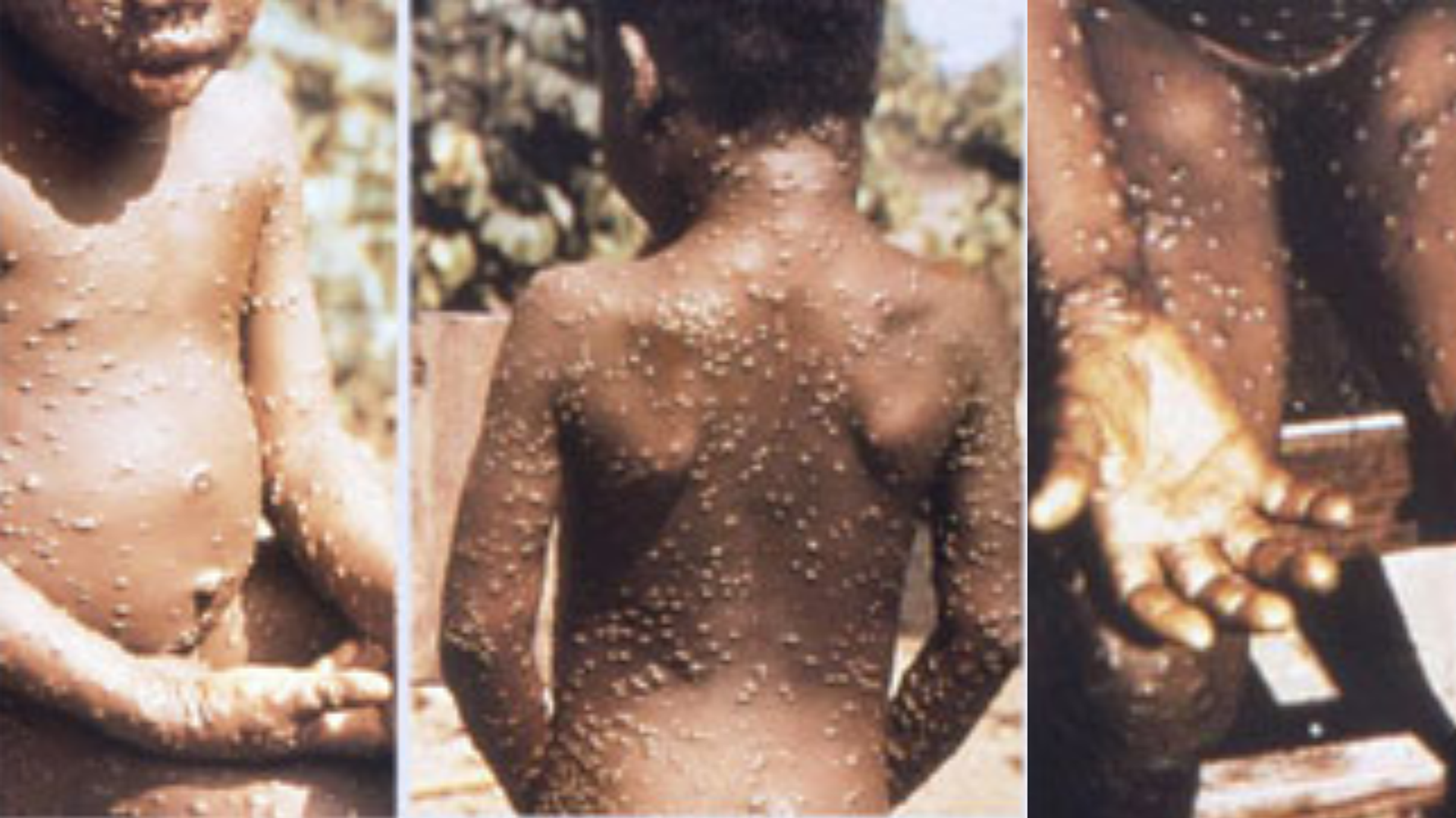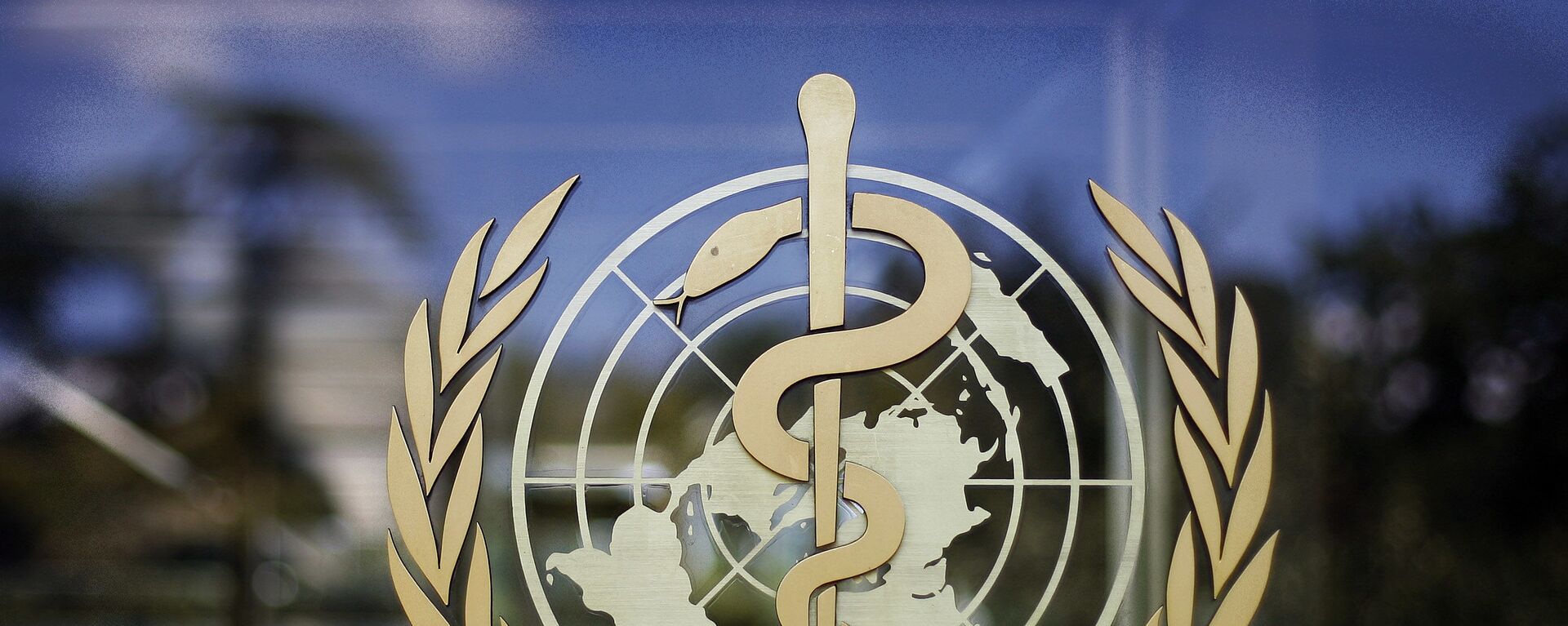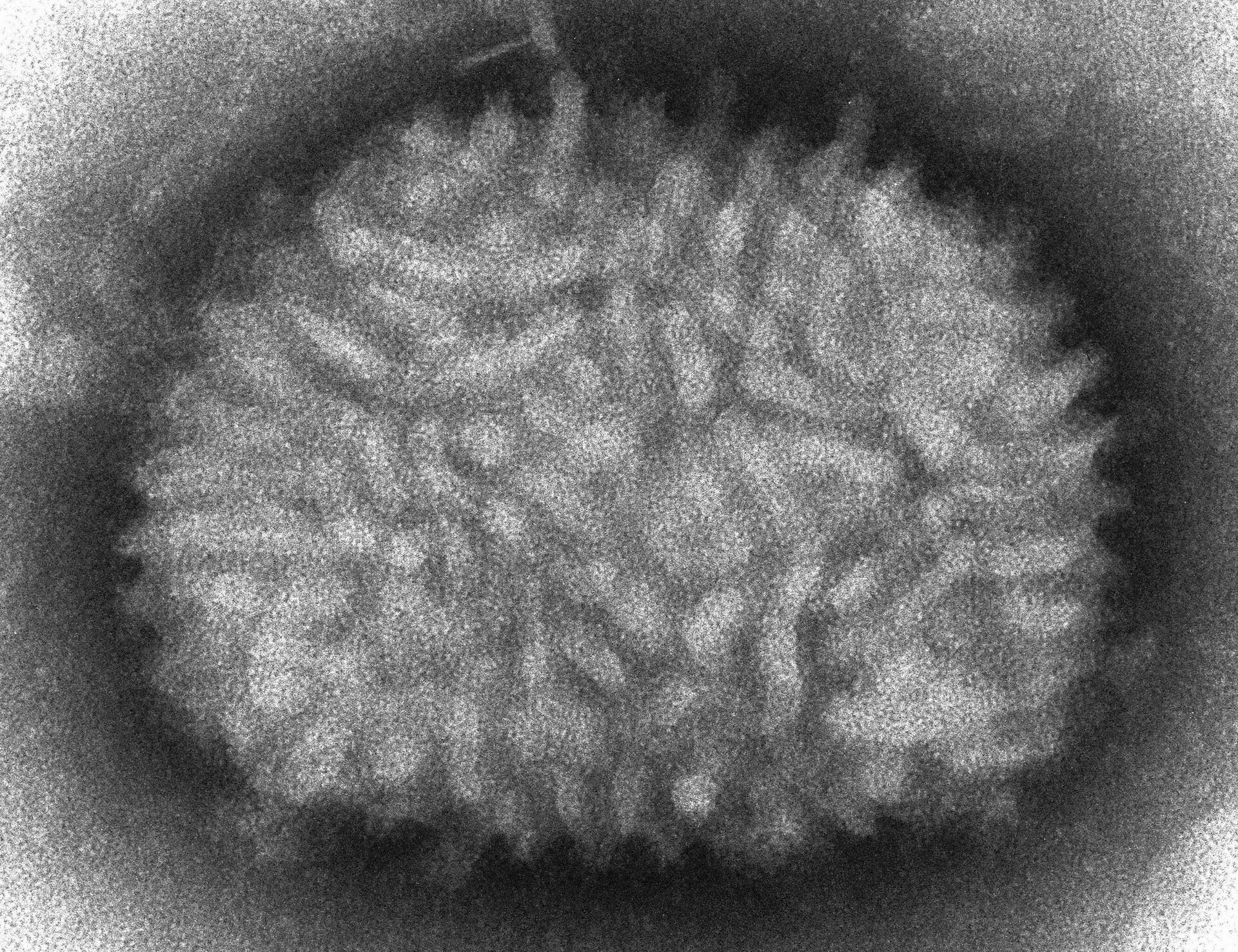https://sputnikglobe.com/20220520/from-transmission-conundrum-to-timing-factor-experts-puzzle-over-outbreak-of-monkeypox-1095659245.html
From Transmission Conundrum to Timing Factor, Experts Puzzle Over Outbreak of Monkeypox
From Transmission Conundrum to Timing Factor, Experts Puzzle Over Outbreak of Monkeypox
Sputnik International
With symptoms commonly including fever, swollen lymph nodes and a rash with blisters, confirmed or suspected cases of monkeypox - a rare disease previously... 20.05.2022, Sputnik International
2022-05-20T13:22+0000
2022-05-20T13:22+0000
2022-05-20T13:22+0000
monkeypox
https://cdn1.img.sputnikglobe.com/img/07e6/05/14/1095657080_0:0:964:542_1920x0_80_0_0_6cd30ab2486bfe2aa165f219463e5c33.png
As cases of monkeypox, both confirmed and suspected, have been reported in the US, Canada and several European countries - such as the UK, Portugal, Spain, Sweden France and, most recently, Germany - the medical community is racking its brains to figure out how the outbreak started.The World Health Organization (WHO) has decided to convene an emergency meeting of experts to discuss the outbreak, with a focus on transmission of the virus, its high prevalence in gays and bisexual men, as well as the situation with vaccines, The Daily Telegraph has reported.What We Know So FarThe rare disease, a version of the smallpox virus that was eradicated in 1980 but is less transmissible, has previously been limited to Western and Central Africa.On 7 May the UK Health Security Agency (UKHSA) was the first health authority in Europe to announce a case of monkeypox publicly. It was confirmed in a person who had recently flown into the country from Nigeria.According to the European Centre for Disease Prevention and Control (ECDC), virus transmission appeared to have occurred as a result of homosexual contacts between men, at least in the UK case.Since then, 19 more cases have been confirmed in the UK bringing the total up to 220, although the source remains elusive, as the infections appear to have been "locally acquired", according to the World Health Organisation (WHO).Suspected or confirmed cases of monkeypox have since popped up across Europe, US, Canada and Australia. More than 40 cases have been discovered in Spain and Portugal, with Madrid's health director Elena Andradas describing the patients as “young, adult men, with most of them having sexual relations with other men”.In the US, the Centers for Disease Control and Prevention (CDC) issued monkeypox alerts, emphasising that the clusters of cases include “people who self-identify as men who have sex with men”.Monkeypox, a viral zoonotic disease, is caused by the monkeypox virus - a member of the Orthopoxvirus genus in the family Poxviridae.It occurs primarily in the tropical rainforest areas of Central and West Africa and is transmitted by close contact with infected humans or animals with lesions. Body fluids, respiratory droplets and contaminated materials can also transmit the virus.Spillovers from animals are said to be more common than transmission between humans.With symptoms that include fever, headaches, muscle aches, backache, chills, exhaustion, and swollen lymph nodes and a distinctive bumpy rash, it was first identified in monkeys in 1958.Monkeypox usually lasts from two to four weeks, with the typical fatality ratio of around 3 to 6 percent. The disease has two main strains: the Congo strain, known for up to 10 percent mortality, and the West African strain, with a fatality rate in about 1 percent of cases. The cases in the UK are reported to be the West African strain.According to the World Health Organization (WHO), vaccines used during the programme to eradicate smallpox have provided protection against monkeypox, with newer vaccines also developed. One of these has been approved for prevention of monkeypox. An antiviral agent has also been licensed for the treatment of monkeypox.‘Transmission Conundrum’What health experts find particularly puzzling about the present outbreak is transmission, because cases in the UK have no known connection with each other.Amid the lack of clarity, experts have warned of wider transmission if cases go unreported.This week, the WHO said scientists are now carrying out genomic sequencing to see if the viruses are linked.Increased travel around the world as COVID-19 restrictions are lifted has been suggested as one of reasons the outbreak is has broken out.Another theory is that after smallpox was eradicated by vaccination in 1980, the inoculation was phased out. However, since the jab also protects against monkeypox, the winding down of vaccination campaigns may have resulted in a jump in monkeypox cases in areas where the disease is endemic, said Anne Rimoin, a professor of epidemiology at UCLA in California.According to her, urgently investigating the new cases is important as "they could suggest a new means of spread or a change in the virus, but this is all to be determined".In an attempt to allay immediate fears of a pandemic, Whitworth was quoted as saying:
https://sputnikglobe.com/20220520/who-convenes-emergency-meeting-of-experts-to-discuss-monkeypox-outbreak-reports-say-1095657688.html
https://sputnikglobe.com/20220520/first-case-of-monkeypox-registered-in-sweden-1095648344.html
Sputnik International
feedback@sputniknews.com
+74956456601
MIA „Rossiya Segodnya“
2022
News
en_EN
Sputnik International
feedback@sputniknews.com
+74956456601
MIA „Rossiya Segodnya“
Sputnik International
feedback@sputniknews.com
+74956456601
MIA „Rossiya Segodnya“
monkeypox
From Transmission Conundrum to Timing Factor, Experts Puzzle Over Outbreak of Monkeypox
With symptoms commonly including fever, swollen lymph nodes and a rash with blisters, confirmed or suspected cases of monkeypox - a rare disease previously limited to Western and Central Africa - have been spreading across Europe this spring.
As cases of monkeypox, both confirmed and suspected, have been reported in the US, Canada and several European countries - such as the UK, Portugal, Spain, Sweden France and, most recently, Germany - the medical community is racking its brains to figure out how the outbreak started.
The World Health Organization (WHO)
has decided to convene an emergency meeting of experts to discuss the outbreak, with a focus on transmission of the virus, its high prevalence in gays and bisexual men, as well as the situation with vaccines, The Daily Telegraph has reported.
The rare disease, a version of the smallpox virus that was eradicated in 1980 but is less transmissible, has previously been limited to Western and Central Africa.
On 7 May the UK Health Security Agency (UKHSA) was the first health authority in Europe to announce a case of monkeypox publicly. It was confirmed in a person who had recently flown into the country from Nigeria.
According to the European Centre for Disease Prevention and Control (ECDC), virus transmission appeared to have occurred as a result of
homosexual contacts between men, at least in the UK case.
"We are particularly urging men who are gay and bisexual to be aware of any unusual rashes or lesions and to contact a sexual health service without delay," said Dr Susan Hopkins, chief medical adviser at the UKHSA.
Since then, 19 more cases have been confirmed in the UK bringing the total up to 220, although the source remains elusive, as the infections appear to have been "locally acquired", according to the World Health Organisation (WHO).
Suspected or confirmed cases of monkeypox have since popped up across Europe, US, Canada and Australia. More than 40 cases have been discovered in Spain and Portugal, with Madrid's health director Elena Andradas describing the patients as “young, adult men, with most of them having sexual relations with other men”.
In the US, the Centers for Disease Control and Prevention (CDC) issued monkeypox alerts, emphasising that the clusters of cases include “people who self-identify as men who have sex with men”.
Monkeypox, a viral zoonotic disease, is caused by the monkeypox virus - a member of the Orthopoxvirus genus in the family Poxviridae.
It occurs primarily in the tropical rainforest areas of Central and West Africa and is transmitted by close contact with infected humans or animals with lesions. Body fluids, respiratory droplets and contaminated materials can also transmit the virus.
Spillovers from animals are said to be more common than transmission between humans.
With symptoms that include fever, headaches, muscle aches, backache, chills, exhaustion, and swollen lymph nodes and a distinctive bumpy rash, it was first identified in monkeys in 1958.
Monkeypox usually lasts from two to four weeks, with the typical fatality ratio of around 3 to 6 percent. The disease has two main strains: the Congo strain, known for up to 10 percent mortality, and the West African strain, with a fatality rate in about 1 percent of cases. The cases in the UK are reported to be the West African strain.
According to the World Health Organization (WHO), vaccines used during the programme to eradicate smallpox have provided protection against monkeypox, with newer vaccines also developed. One of these has been approved for prevention of monkeypox. An antiviral agent has also been licensed for the treatment of monkeypox.
What health experts find particularly puzzling about the present outbreak is transmission, because cases in the UK have no known connection with each other.
Amid the lack of clarity, experts have warned of wider transmission if cases go unreported.
This week, the WHO said scientists are now carrying out genomic sequencing to see if the viruses are linked.
Increased travel around the world as COVID-19 restrictions are lifted has been suggested as one of reasons the outbreak is has broken out.
"My working theory would be that there's a lot of it about in west and central Africa, travel has resumed, and that's why we are seeing more cases," Jimmy Whitworth, a professor of international public health at the London School of Hygiene and Tropical Medicine, was cited as saying.
Another theory is that after smallpox was eradicated by vaccination in 1980, the inoculation was phased out. However, since the jab also protects against monkeypox, the winding down of vaccination campaigns may have resulted in a jump in monkeypox cases in areas where the disease is endemic, said Anne Rimoin, a professor of epidemiology at UCLA in California.
According to her, urgently investigating the new cases is important as "they could suggest a new means of spread or a change in the virus, but this is all to be determined".
In an attempt to allay immediate fears of a pandemic, Whitworth was quoted as saying:
"This isn't going to cause a nationwide epidemic such as COVID did, but it's a serious outbreak of a serious disease – and we should take it seriously."




